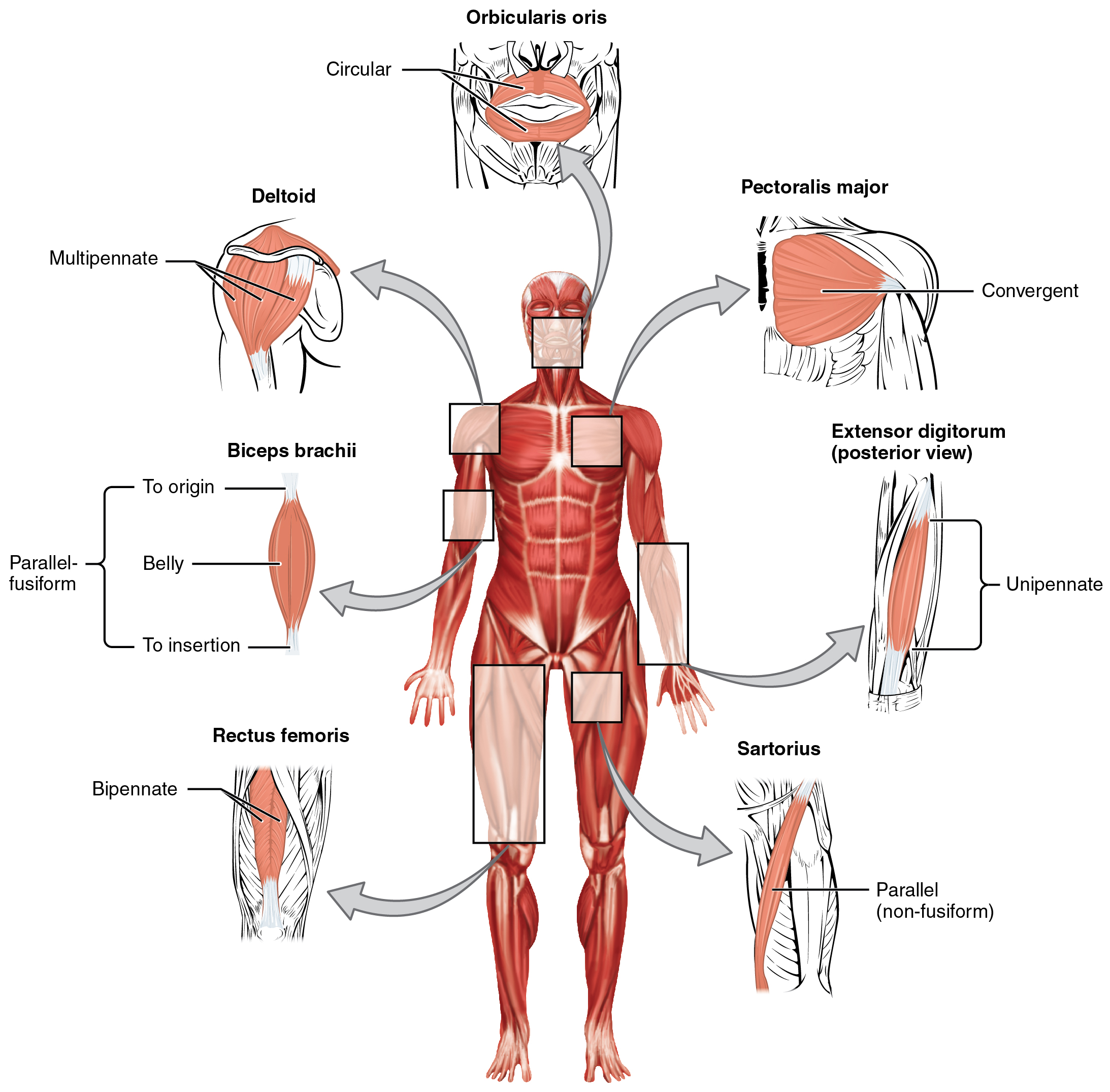Playlist
Show Playlist
Hide Playlist
Smooth Muscles: Location and Types
-
Slides 03 SmoothMuscle MusculoskeletalSystem.pdf
-
Download Lecture Overview
00:01 To know where a smooth muscle is located, which is throughout many different areas in the body, let’s start with something easy like blood vessels. 00:10 Blood vessel smooth muscle here helps control the diameter of the vessel, which regulates the blood flow. 00:17 If it increases the diameter of the vessel, more flow can happen. 00:21 If it decreases the diameter, less flow happens. 00:25 Airways are controlled in a similar manner in which you can bronchodilate or bronchoconstrict and that regulates airflow. 00:35 The urinary system also has smooth muscle in it, such as the ureter and bladder, and this will help, not only the stretching to be able to load the bladder, but also to get rid of the urine. 00:48 In both the male and female, there is smooth muscle in the reproductive tract to help things like sperm move along the tract or in terms of the female for labor processes. 01:02 The eyes have smooth muscle and this causes an increase in pupil diameter. 01:08 This will allow either more or less light into the eye. 01:13 The kidney also uses smooth muscle to regulate blood flow through the various portions, and those will be discussed more in the renal section. 01:23 In the skin, you use small amounts of smooth muscle to cause hairs to stand up. 01:30 These are many of the different locations of smooth muscle and some of the functions that are involved. 01:37 But hopefully, you get the appreciation that smooth muscle is located almost everywhere in each of these organ systems and this will allow for the movement of other types of processes along a certain track. 01:51 Besides the different locations of where smooth muscle is, smooth muscle can operate as a single unit or as a multiunit. 01:58 The single units are known as phasic and the reason why these are act together is they’re connected by small little gap junctions. 02:08 Those gap junctions are denoted in the figure above. 02:12 Tonic smooth muscle acts more like multiunits and these are because there are individual nerve fibers that innervate the various portions of that smooth muscle. 02:25 And so, they won’t operate as a single unit but rather as a multiunit process. 02:33 Autonomic nerve fibers can innervate these single unit or phasic smooth muscle causing these gap junctions to share information versus tonic smooth muscle, which again use autonomic fibers and they are connected to various smooth muscle cells.
About the Lecture
The lecture Smooth Muscles: Location and Types by Thad Wilson, PhD is from the course Musculoskeletal Physiology.
Included Quiz Questions
Which of the structures below allows phasic smooth muscle to contract in a coordinated manner?
- Gap junctions
- Nicotinic receptors
- Muscarinic receptors
- Neuronal varicosities
- Tight junctions
Which of the following functions is attributed to the smooth muscle located in the skin?
- Hair erection
- Follicle stimulation
- Increased blood flow
- Decreased blood flow
- Sloughing dead skin cells
Customer reviews
5,0 of 5 stars
| 5 Stars |
|
5 |
| 4 Stars |
|
0 |
| 3 Stars |
|
0 |
| 2 Stars |
|
0 |
| 1 Star |
|
0 |




